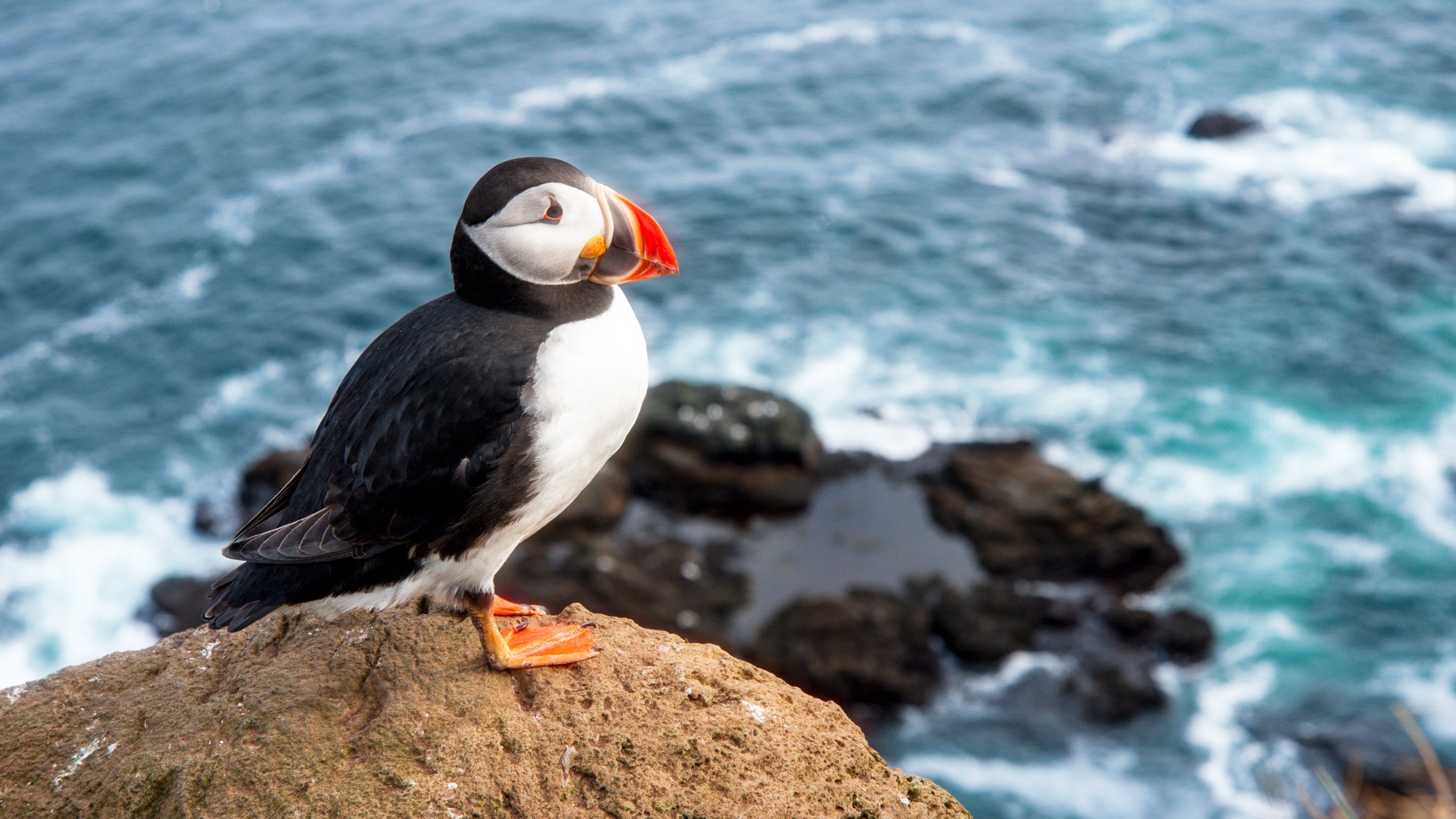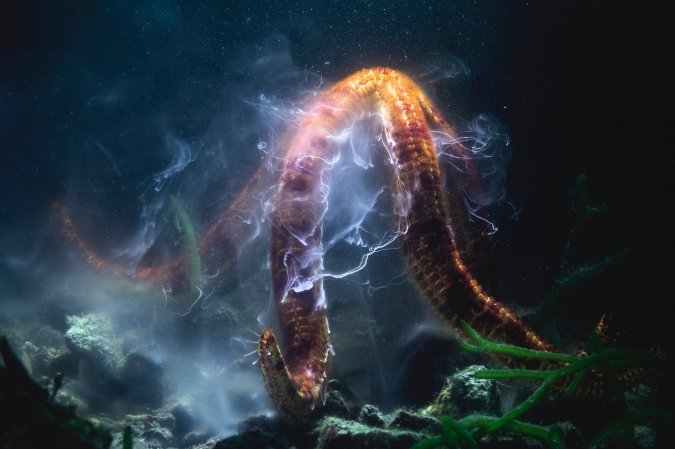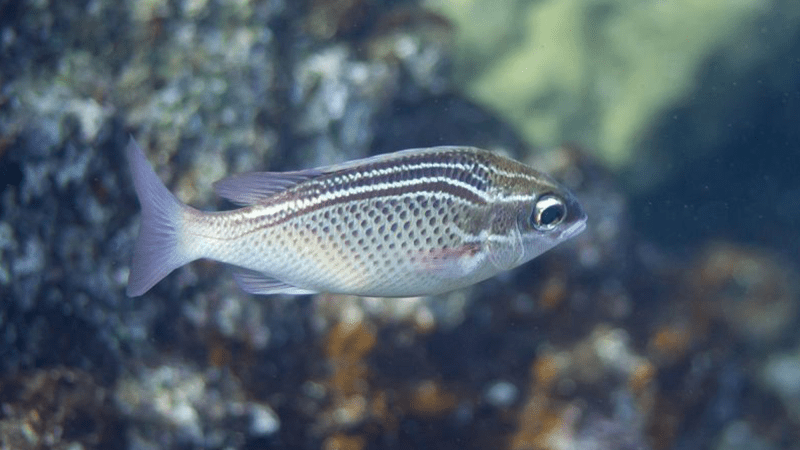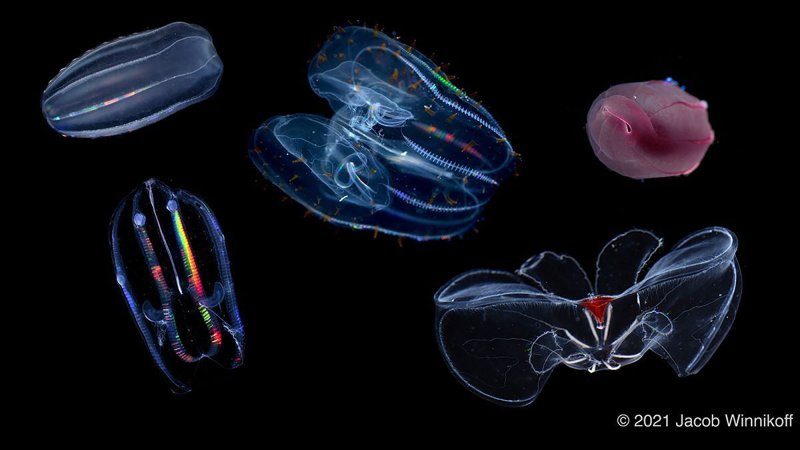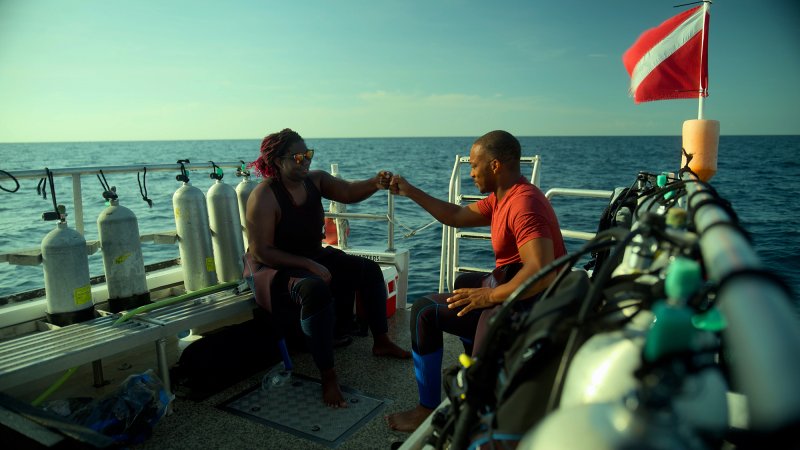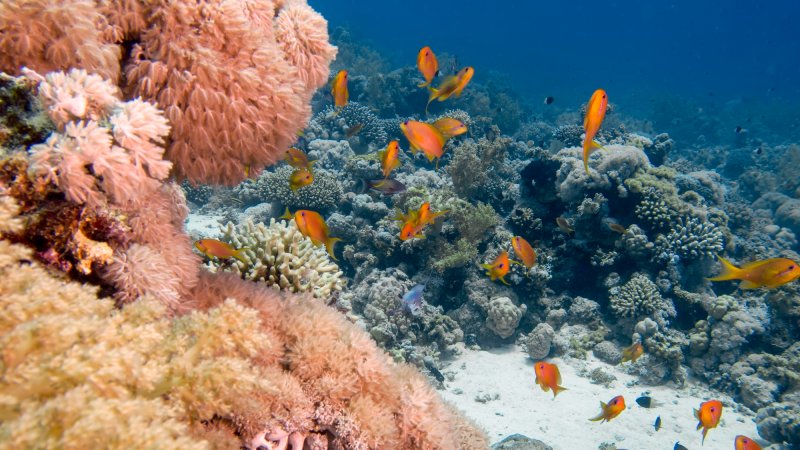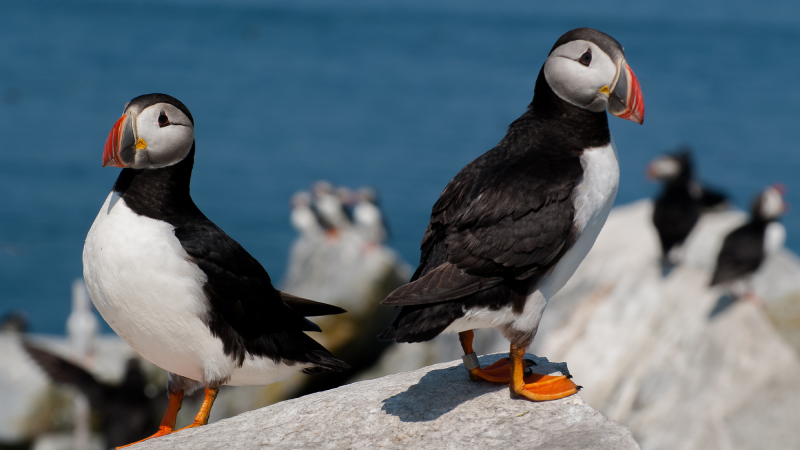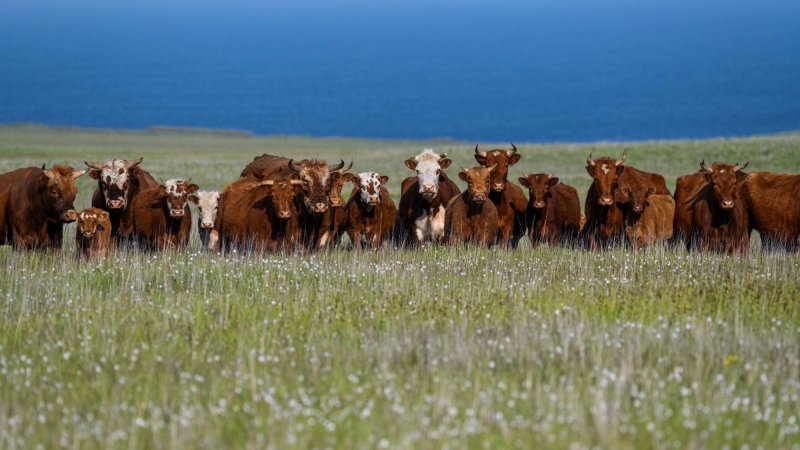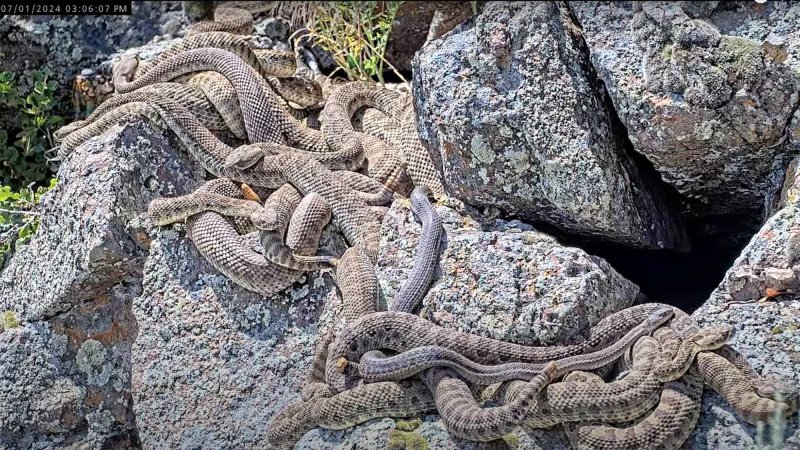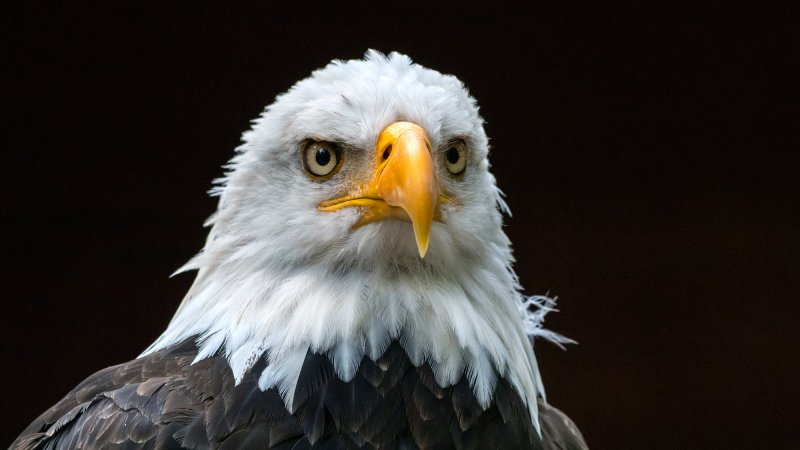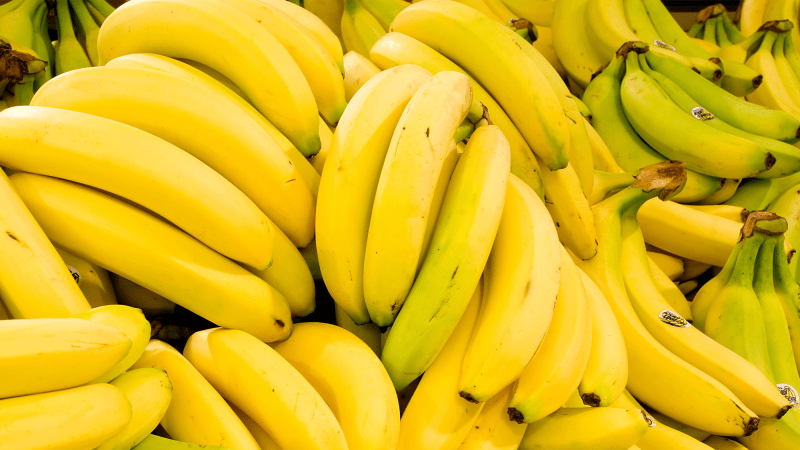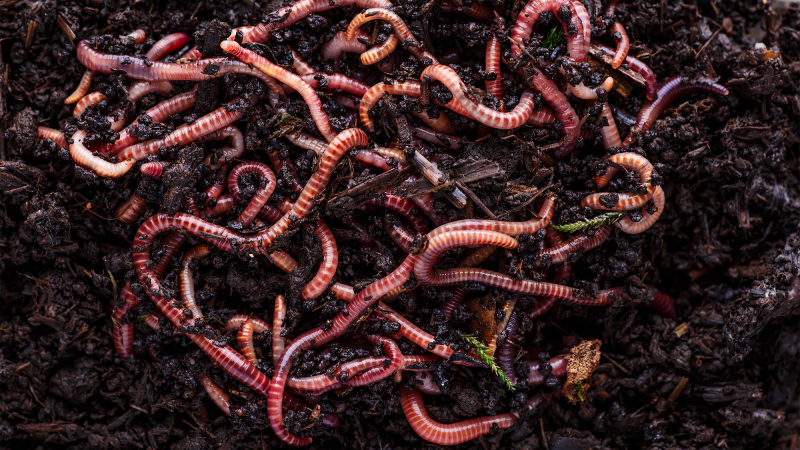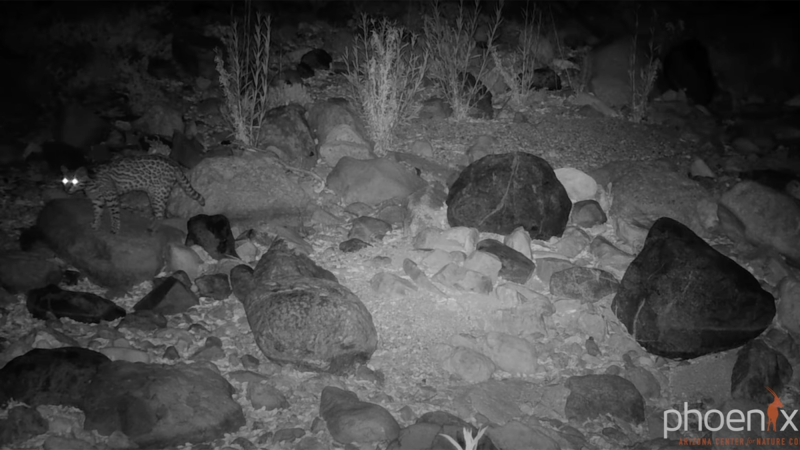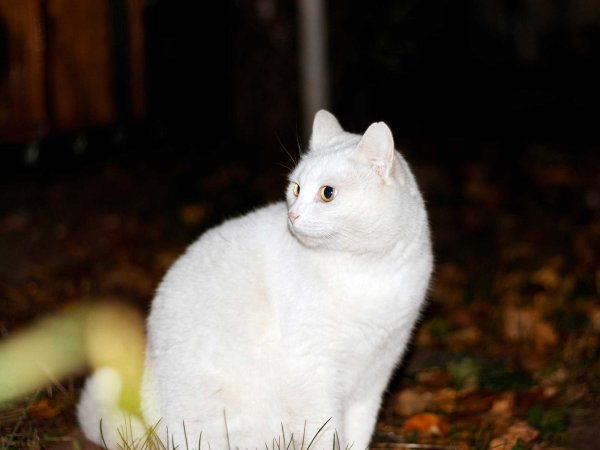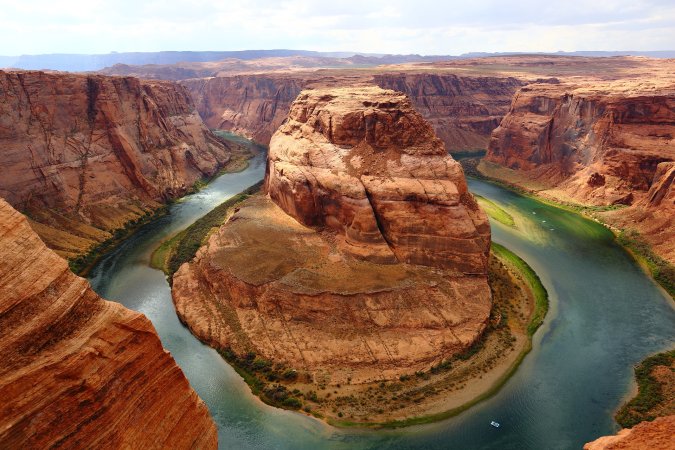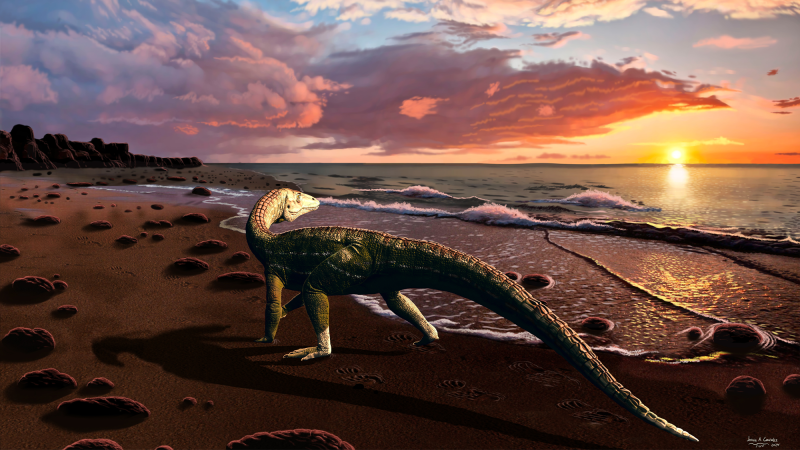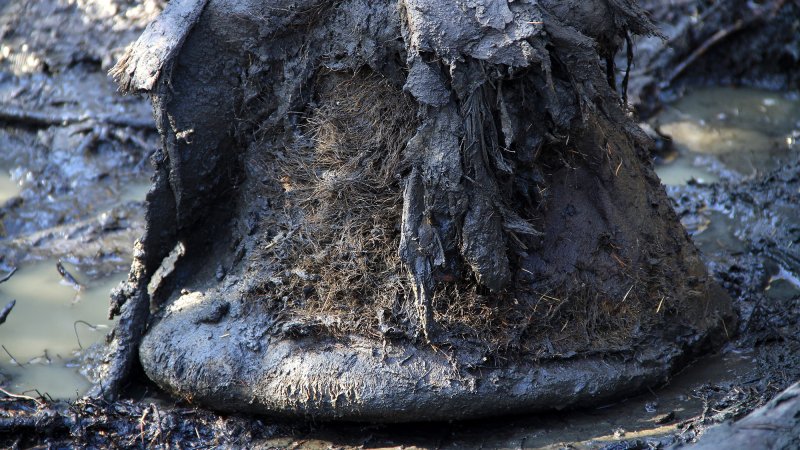There are few birds in the northern hemisphere quite as striking and easily identifiable as a puffin. With its red-orange, yellow, and black beak, bold black and white feathers and perpetual puppy dog eyes, people travel from all over the world to catch a glimpse. But on the south coast of Iceland in August and September, you might see more than cameras snapping pictures of diving birds; you might also spot people casually tossing puffin chicks off cliffs in the dark.
This is puffling season, the time of year when puffin chicks (called pufflings) are ready to leave the nest and spend the next few months out on the open ocean.
But climate change and the conveniences of modern society like city lights are threatening the birds’ survival. So when vulnerable birds are distracted and tempted inland by mistake, some humans give them a literal helping hand by rounding them up and casting the baby birds out to sea in the name of conservation. And biologists approve.
Puffling search and rescue
Here’s what’s happening this time of year: About six weeks after hatching, a puffling, which has been safely nestled in a burrow built by its parents in cliffs near the ocean, is ready to leave the nest and take to the open ocean. To do so, the bird uses the light of the moon for guidance.
But because of light pollution from towns near where the puffins nest, they can become disoriented and, instead of heading out to sea to fish and grow strong, the birds end up heading inland where they risk death.
That’s where passionate locals and visitors come in. Armed with gloves and boxes, they hit the streets at night during the late summer to rescue wayward chicks and escort them back to the sea. This happens by either setting them on the edge of a cliff and waiting for them to find their wings or tossing them gently—underhand style—into the air as encouragement to take flight.
All ages turn out to help throughout the puffling season. In fact, rescue attempts this time of year tend to be a family affair, says Erpur Snær Hansen, director of ecological research at the South Iceland Nature Centre. Kids and parents, especially around the town of Vestmannaeyjabær in the Westman Islands where the largest colony of Icelandic puffins resides, head outdoors after dark and patrol the streets. A new moon is when most pufflings get stranded due to lack of any moonlight. When human helpers locate young birds who have gone astray, they collect them in boxes for easy transport.
Ideally, Hansen says, those who find a puffling would then weigh each one and report the findings on the website lundi.is so the organization can keep track of how many rogue birds there are each season. But not all who participate do, making it hard to get an accurate number for research. His best guess for recent years is that they’re collected by the thousands.
That’s is a good thing, he explains, because that means it’s a good year for puffins with strong puffling numbers.
Why puffin tossing is even necessary
But why go to all the trouble for a few errant birds? While puffins aren’t technically endangered, they’ve faced numerous challenges that have caused conservation-minded humans to step in and help. In fact, according to Hansen, the average puffin population in Iceland has decreased by 70 percent over the last 30 years.
While light pollution may be the most visible and easily blamed issue, what’s curbing puffin numbers most dramatically are rising sea surface temperatures, Hansen explains. Research suggests it is strongly correlated to healthy puffin populations. As in, when sea temperatures rise, puffin numbers dwindle. That’s likely due to warmer surface temperatures resulting in fewer fish, especially sandeel, which is puffins’ main food source. And no food for adult puffins means no babies.

Hansen says nearly 72 percent of the fluctuation in the puffin population is likely due to ocean temperature change: A 1°C change up or down, away from the long-term annual monthly average, can reduce puffling production by 55 percent.
To further exacerbate the issue, puffins also only lay one egg per year, and only after they’re 3-6 years old. That rarity, combined with a trend toward what Hansen calls reproductive failure, lack of food, and later hatching times, which also decreases a chick’s chance of survival, and the legal hunting of the birds in Iceland all come together to threaten the population. Add in large groups of pufflings that never make it to the sea because they were led astray by city lights, and you have a veritable recipe for disaster.
In fact, Hansen has suggested that if all factors continue on a similar trajectory, puffins in south and west Iceland could be a thing of the past in a matter of decades. On the upside, the last few years have seen something of a population increase, Hansen says. Which is good news, but that doesn’t mean it’s time to relax. Fluctuating ocean temperatures and bird populations both fluctuate, so it’s important to remain vigilant when it comes to protecting the birds. This is especially true during fledgling season when the pufflings are vulnerable.

No long term fix
Unfortunately, there don’t seem to be many long-term solutions to keep pufflings from straying. While light pollution is a major culprit in distracting the birds and tempting them toward an almost certain demise, “Minimizing the light problem is virtually impossible,” Hansen says. For starters, Vestmannaeyjabær may not be a burgeoning metropolis at just over 4,300 residents, but Hansen says that even one errant light is enough to lure the birds in the wrong direction.
There has been some study about whether warm-colored lights could make a positive impact, but no concrete evidence. So in the meantime, it’s all hands on deck to keep these little birds alive and well—and flying off cliffs as nature intended.
